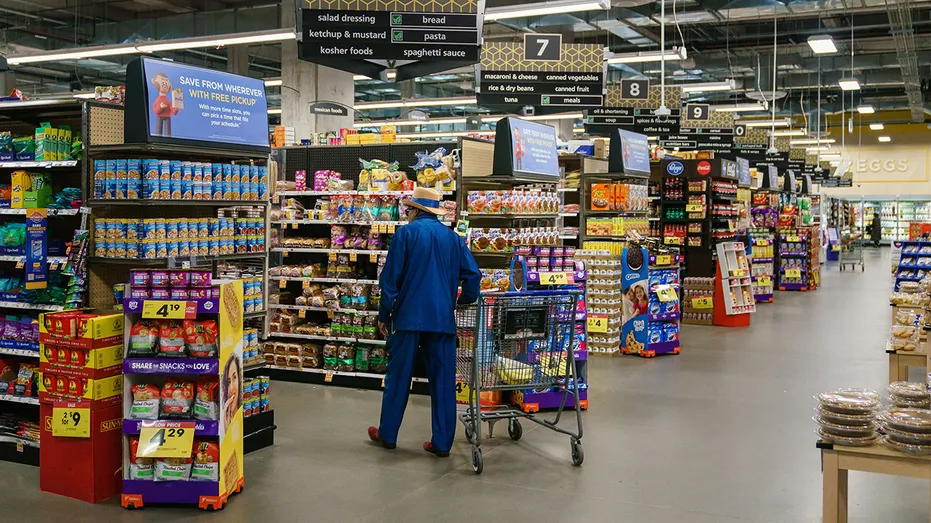
An often-overlooked economic gauge indicated on Friday that the U.S. economy is headed for a recession — or already in one — as the Federal Reserve tries to curb inflation with a series of rapid interest rate hikes.
The Conference Board’s Leading Economic Indicators index showed that conditions further deteriorated in October, with the gauge down 0.8% from the previous month. That follows a 0.5% decline in September.
“The U.S. LEI fell for an eighth consecutive month, suggesting the economy is possibly in a recession,” said Ataman Ozyildirim, senior director of economic research at The Conference Board.
The slump reflects a worsening outlook among consumers, who are increasingly worried about steeper interest rates and stubbornly high inflation, as well as a prolonged slump in the housing market.
There is a growing expectation on Wall Street that the Fed will trigger an economic downturn as it raises interest rates at the fastest pace in three decades to catch up with runaway inflation.
Officials this month approved a fourth consecutive 75-basis-point rate hike, lifting the federal funds rate to a range of 3.75% to 4% — near restrictive levels — and showed no signs of pausing rate increases.
In a troubling development, the Fed’s rate hikes have thus far failed to tame inflation: The government reported this month that the consumer price index soared 7.7% in October from the previous year, hovering near a 40-year high.
That indicates the Fed will have to continue charting its aggressive course, raising the odds that it will crush consumer demand and cause unemployment to rise.
“Let me say this,” Fed Chairman Jerome Powell told reporters earlier this month. “It is very premature to be thinking about pausing. When people hear lags, they think about pauses. It’s very premature, in my view, to talk about pausing our rate hikes. We have a way to go.”
Hiking interest rates tends to create higher rates on consumer and business loans, which slows the economy by forcing employers to cut back on spending.
Economic growth already contracted in the first two quarters of the year, with gross domestic product — the broadest measure of goods and services produced in a nation — contracting by 1.6% in the winter and 0.6% in the spring.
However, it rebounded over the summer, with GDP growing by 2.6% on an annualized basis in the three-month period from July through September.